Learning Kalaripayattu in Kerala: A Two-Month Immersion in Ancient Martial Art
- Nishant Dhanaanjayy
- Jan 22, 2024
- 3 min read
Leaving Mumbai in January 2023, I dreamt of learning Kalaripayattu in Kerala. My friend Husne had a lead on a free training institute. But life, as it often does, took detours. Hyderabad extended my stay, action-reaction took center stage, and Kerala remained a dream on hold. Until September.
Hyderabad Interlude:
Hyderabad's allure faded, and Thiruvanamalai's low cost of living (thanks to Ashrams!) beckoned. Then, on October 6th, Husne struck again! An opportunity to teach Kalari at Mokshahum, under the guidance of Shaji Sir, a 30-year veteran, was mine.
Kerala Calling:
November 2nd, Thiruvananthapuram. Master Shaji had arranged my stay near Sebastian Church. Lodging and food, along with other expenses, easily crossed Rs. 10,000 a month. Food alone swallowed Rs. 200—a far cry from my expectations.
Mastering the Art:
Training began immediately. Master Shaji's WIP Kalari Kshetram was two kilometers away, but he graciously picked me up and dropped me back initially. Evenings were dedicated to his seasoned students, children trained on weekends, and demonstrations at Kovalam hotels kept them busy. Tourists, eager for a taste of local art, were their regular audience.
Shows on Malayalam channels and state-wide demonstrations further cemented their reputation. I even joined them at the Hyatt in Kovalam—a mesmerizing performance met with, sadly, lukewarm appreciation. But the show must go on, for rhythm and funding depend on it. Thankfully, the Kerala government champions Kalari, providing platforms for public exposure.
Formidable Foundations:
Initially, the form-based training felt like climbing a steep hill. But slowly, momentum built. Ten days in, five forms mastered, and weapons beckoned. But alas, weapons were a year's journey away. Still, with just two months, Master Shaji promised the stick rotation technique after five forms. This ancient art, steeped in Guru-Shishya tradition, demanded perfection before advancement.
Salutation to Knowledge:
Day one began with salutations. Entering the Kalari Kshetram meant touching the ground, honoring the deities, and then the master's feet. Then came the first form, the ground salutation, followed by practice based on your progress. After practice, another salutation to deities, master, and finally, the exit point.
Stick Rotation and Beyond:
My initial attempts at stick rotation sent my shoulder into protest. "Speed is key in the final move," Master Shaji emphasized. Juggling five forms and mastering that elusive rotation took three grueling days. Finally, I nailed it, and new moves unfolded one by one, each mastered before unlocking the next.
Fighting Spirit:
Basic fighting techniques followed, culminating in six forms. Then came hand-to-hand combat with a fellow student. Finally, a duel with a 14-year-old veteran—fast, fierce, and humbling. Learning Kalari meant contributing to the Kalari Kshtram. We dug soil, building boundaries and character, gaining the strength Master Shaji said, "Tomorrow, you'll be stronger than today."
Friendship and Practice:
A week into training, Anu joined us. A Kalari returnee, he became my daily lift partner and practice buddy. With him, my practice soared. He corrected my mistakes, we explored Kovalam, and on my last day, treated me to lunch. His friendship, forged in sweat and shared passion, proved that practice is indeed better together.
Fueling the Journey:
Maintaining a Rs. 200 daily food budget was crucial. Mornings were fueled by idlis, puttu, omelets, and Horlicks milk. Lunch meant Rs. 60 feasts that left no stomach rumbled. Evenings brought boiled eggs with Rava kanji, and post-practice dinners ranged from parotta to masala puri, always concluding with Horlicks milk. Adapting to Kerala's culinary rhythm was key to my extended stay.
Kerala Embrace:
The warmth of the locals was as nourishing as the food. Temples became my sanctuaries, and language barriers were easily breached. Most spoke English and Malayalam, and while I never mastered Malayalam, English served me well. Hindi speakers? Scarcer, but their presence added to the rich tapestry of Kerala.
Gratitude and Beyond:
Learning Kalaripayattu in Kerala was a blessing, one etched in the lessons of Shaji Master and my fellow practitioners. It was a journey of sweat, discipline and the humbling power.

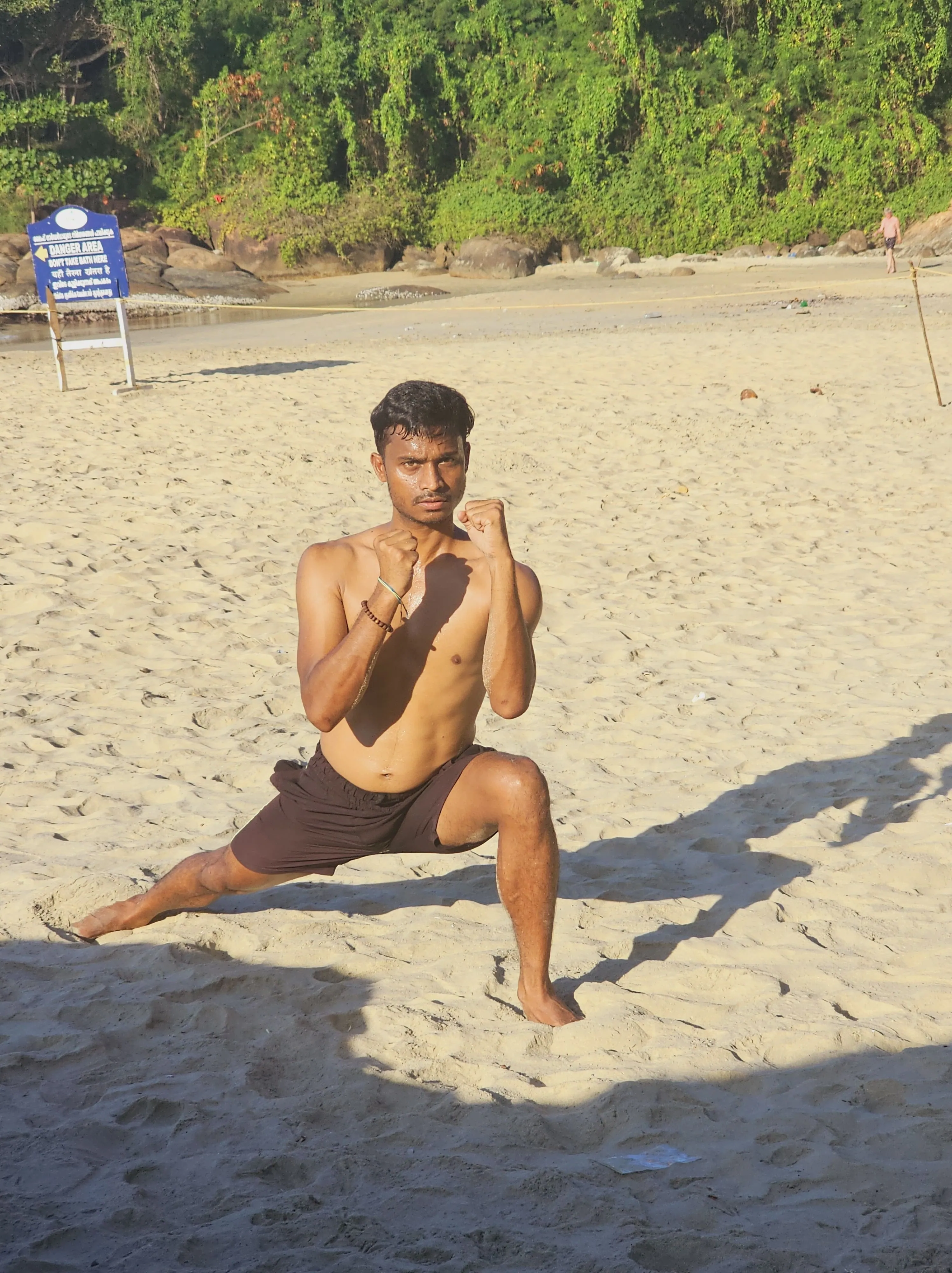
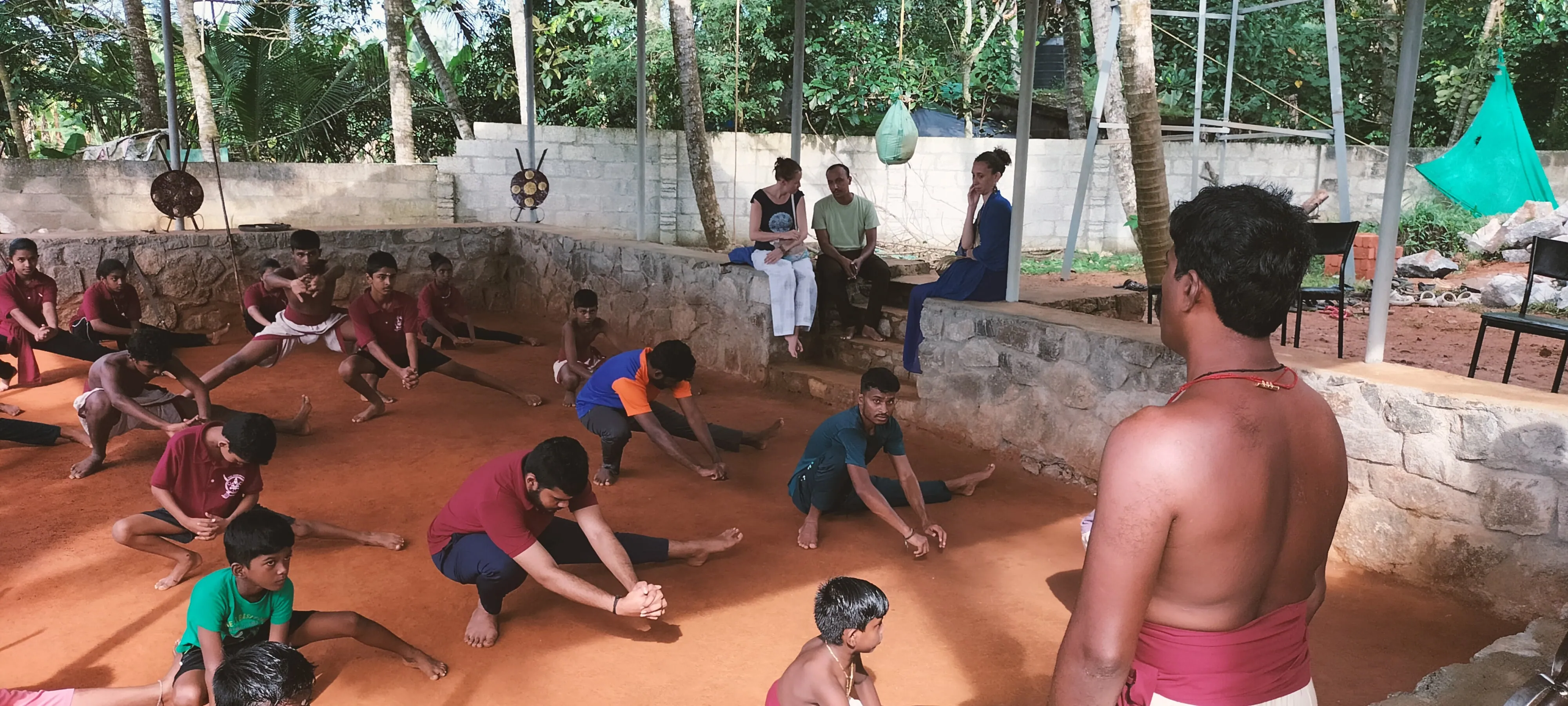
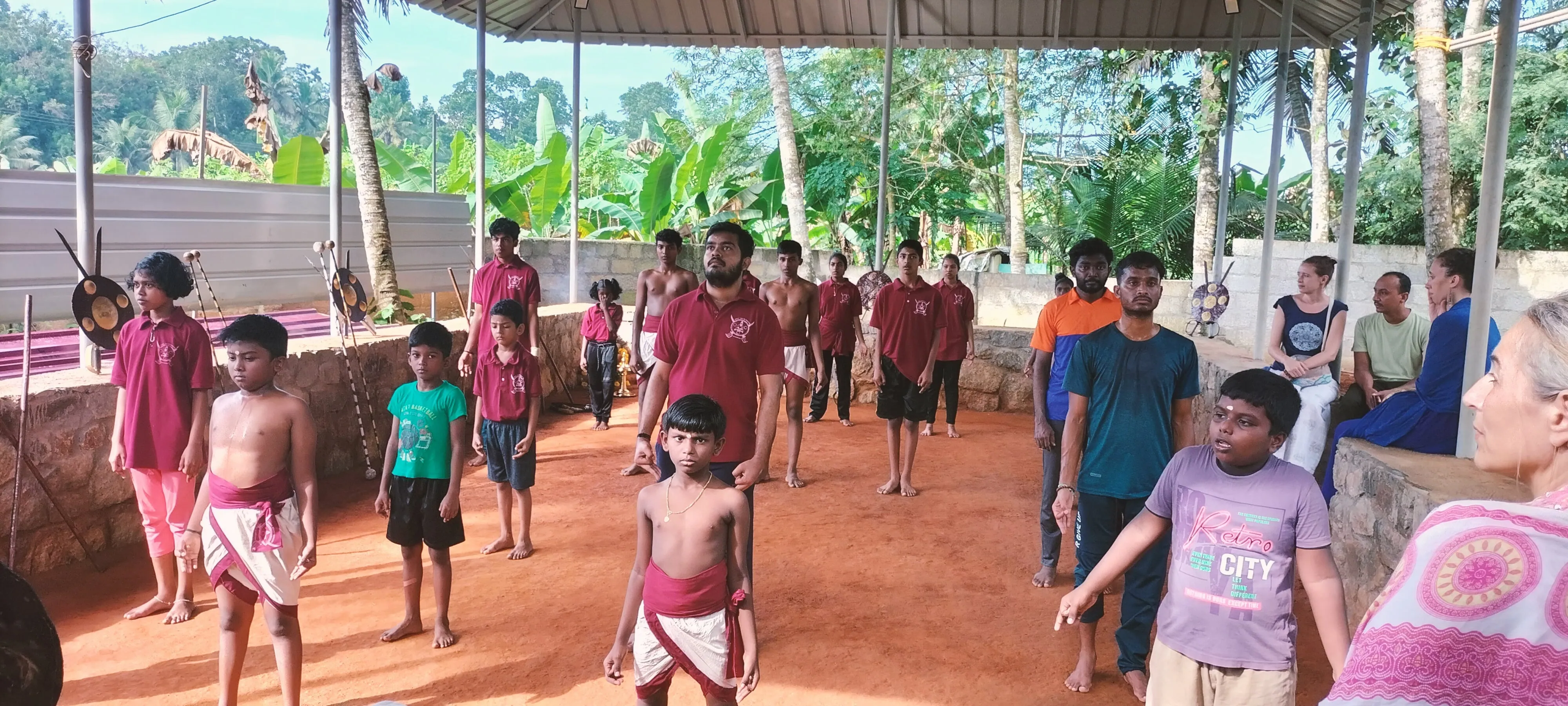

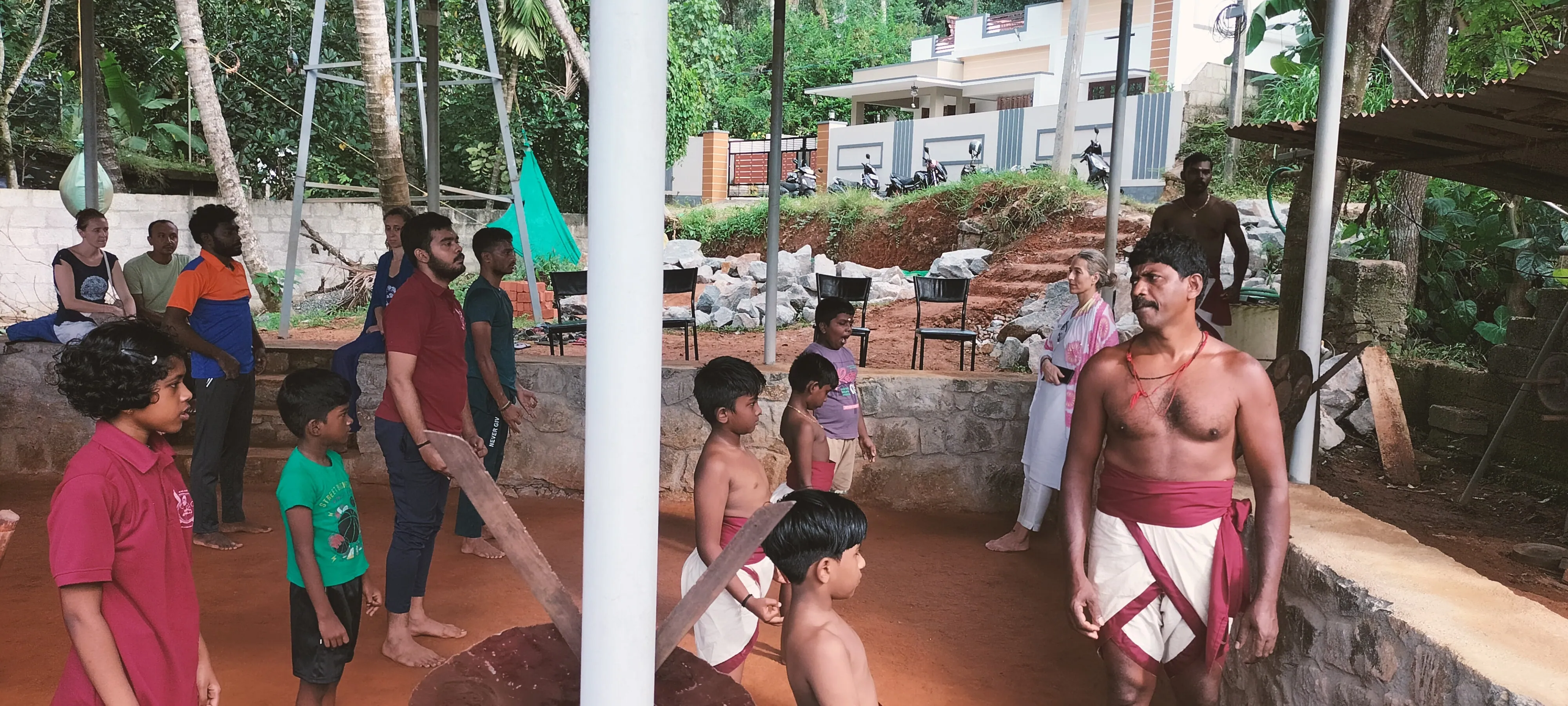
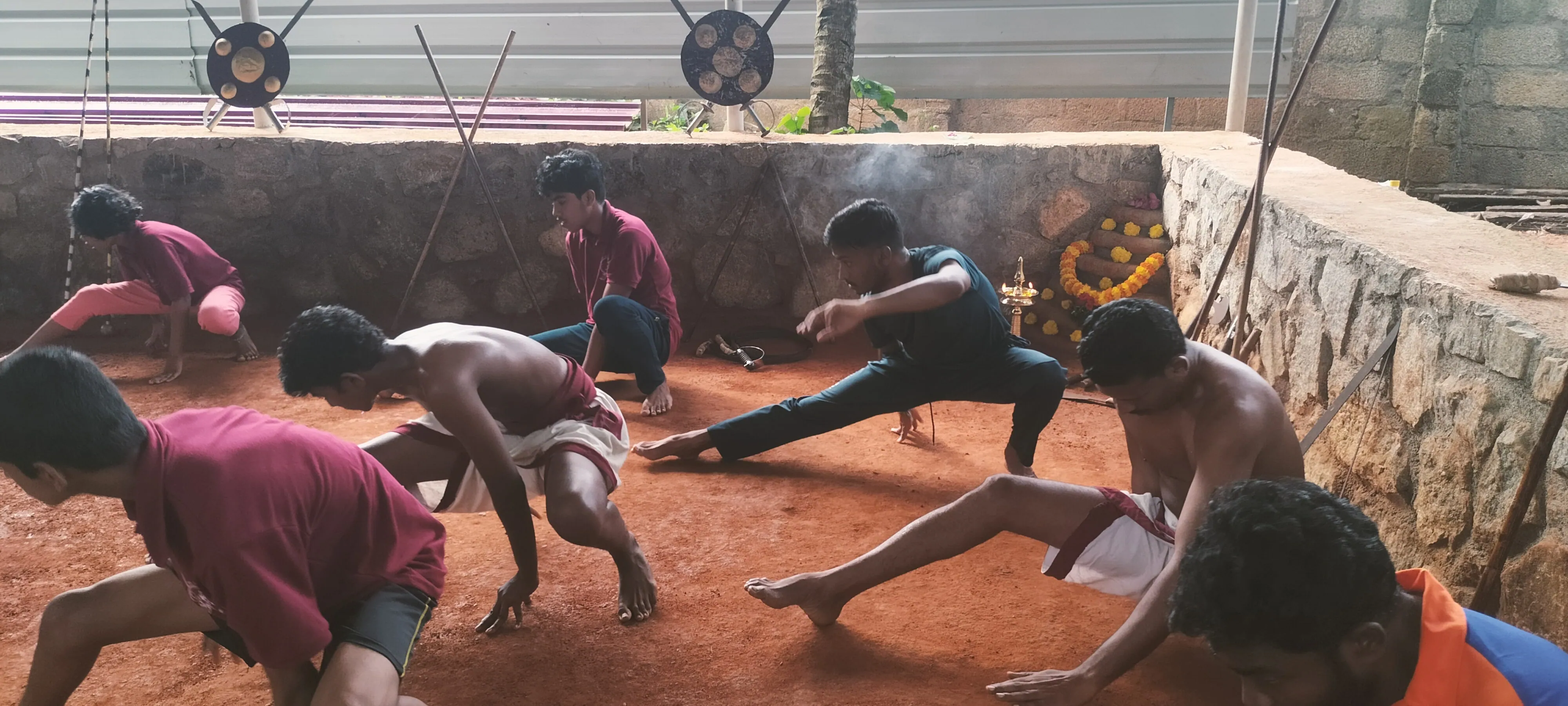

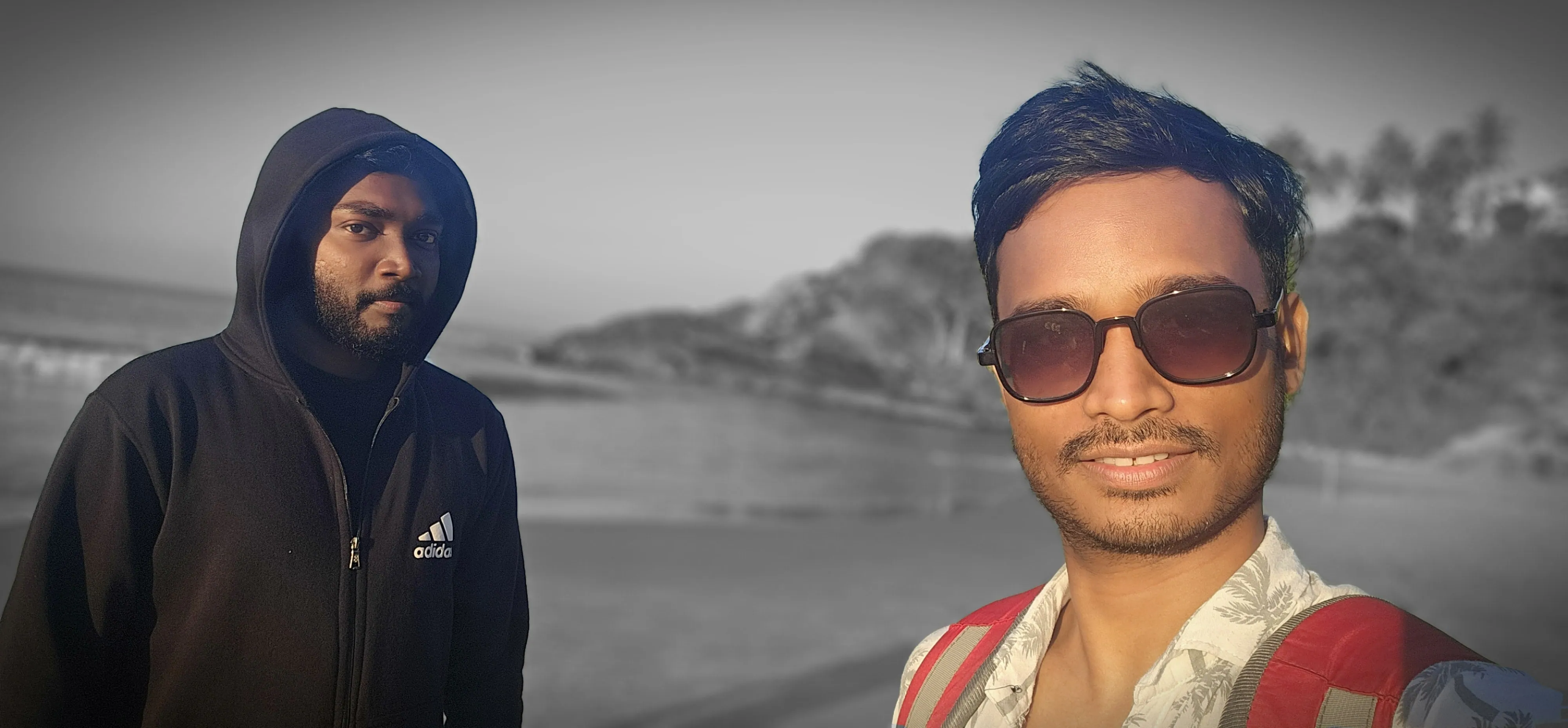
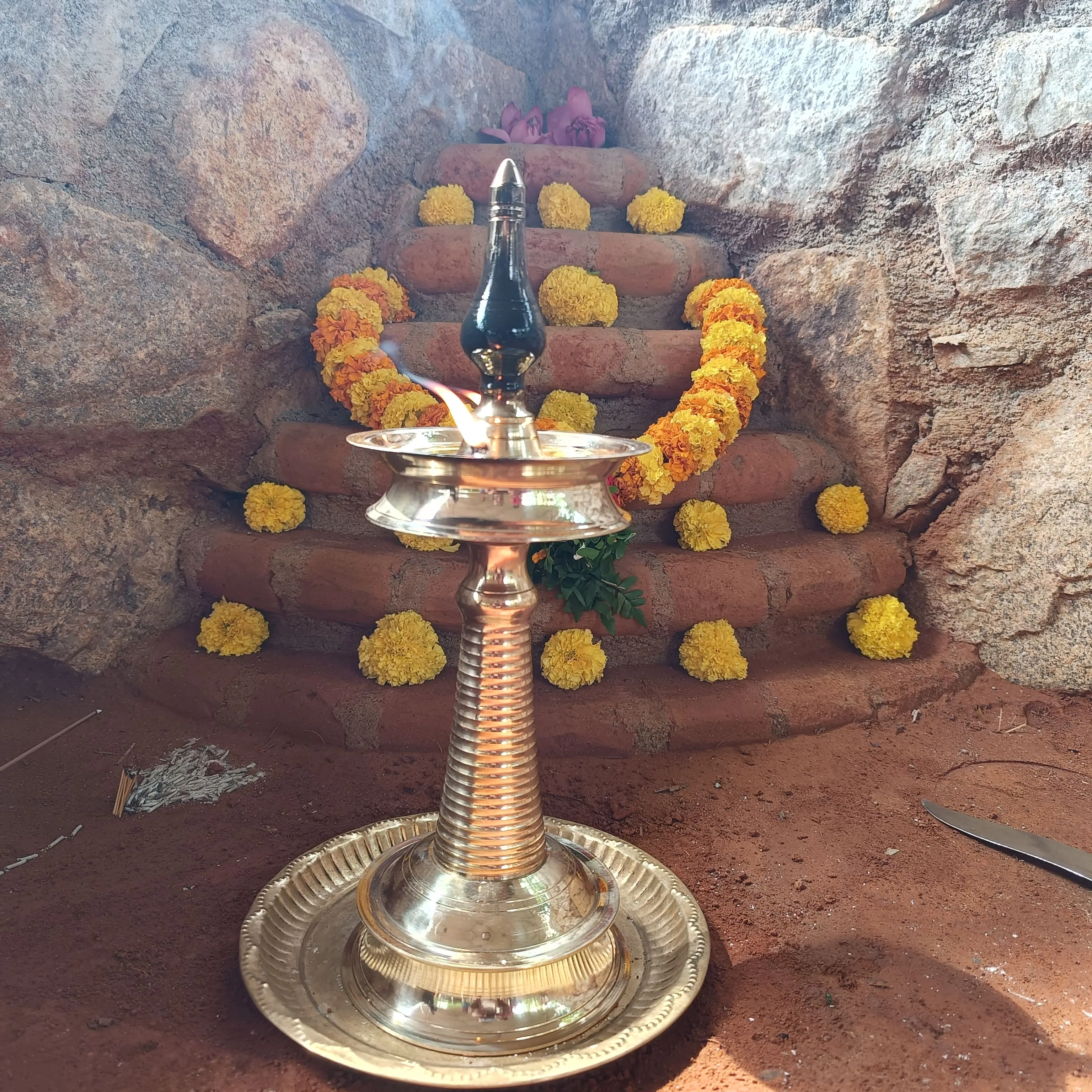



Comments